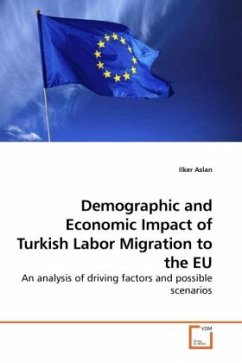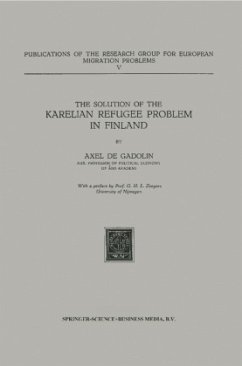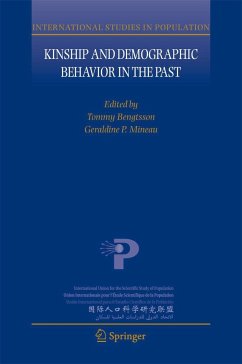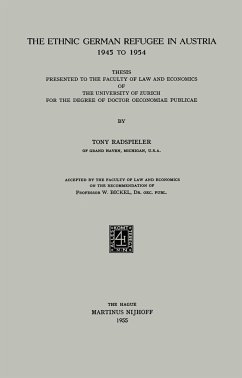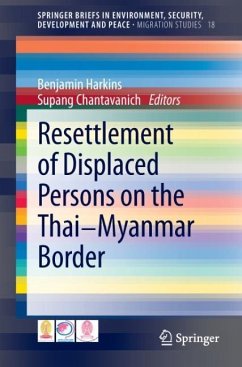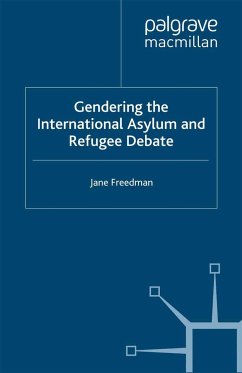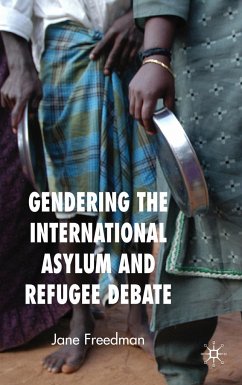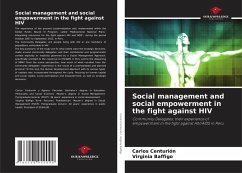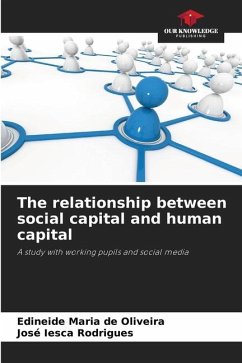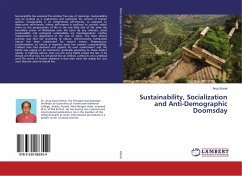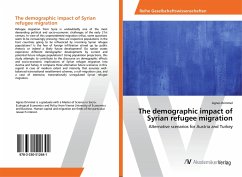
The demographic impact of Syrian refugee migration
Alternative scenarios for Austria and Turkey
Versandkostenfrei!
Versandfertig in 6-10 Tagen
19,99 €
inkl. MwSt.

PAYBACK Punkte
10 °P sammeln!
Refugee migration from Syria is undoubtedly one of the most demanding political and socio-economic challenges of the early 21st century. In view of this unprecedented migration influx, some questions seem to be increasingly pressing: How are respective populations in the host countries going to be influenced by incoming Syrian refugee populations? Is the fear of foreign infiltration stirred up by public rhetoric or indeed a likely future development? Do nation states experience different demographic developments by current and potential future refugee populations? Using population projections,...
Refugee migration from Syria is undoubtedly one of the most demanding political and socio-economic challenges of the early 21st century. In view of this unprecedented migration influx, some questions seem to be increasingly pressing: How are respective populations in the host countries going to be influenced by incoming Syrian refugee populations? Is the fear of foreign infiltration stirred up by public rhetoric or indeed a likely future development? Do nation states experience different demographic developments by current and potential future refugee populations? Using population projections, this study attempts to contribute to the discourse on demographic effects and socio-economic implications of Syrian refugee migration into Austria and Turkey. It compares three alternative future scenarios in this regard: A case of medium extent and intensity that assumes well-balanced transnational resettlement schemes, a null-migration case, and a case of extensive, transnationally unregulated Syrian refugee migration.



